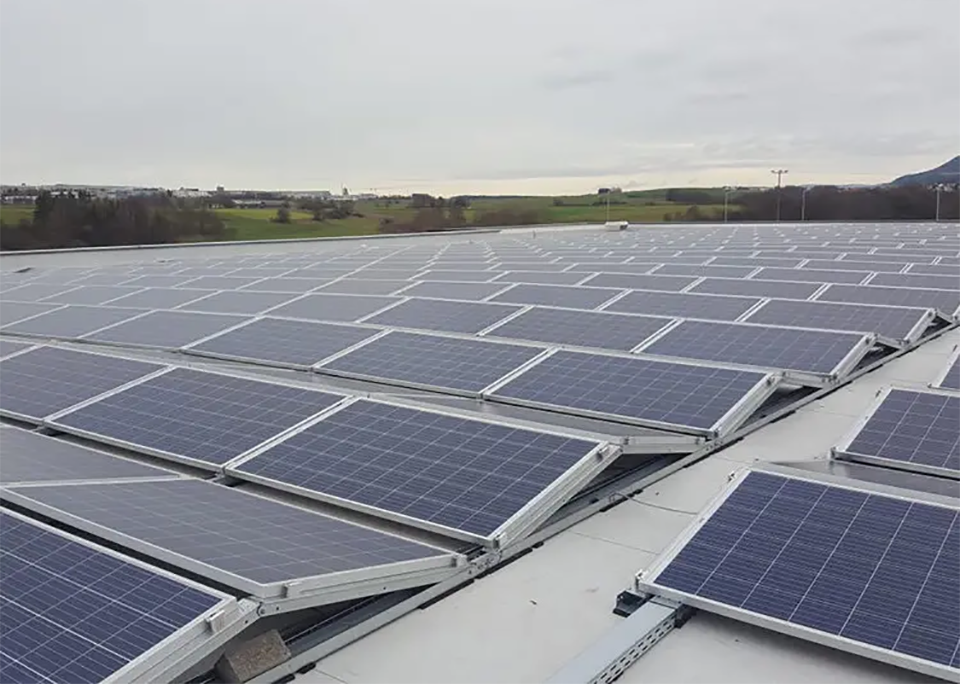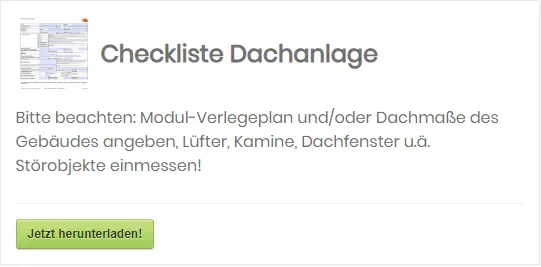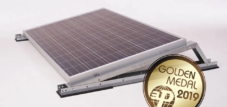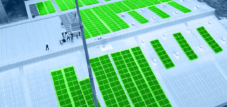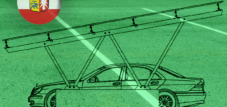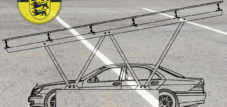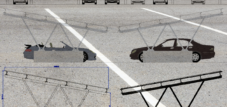You have to pay attention to this when installing on flat roofs
Language selection 📢
Published on: June 3, 2020 / update from: August 20, 2020 - Author: Konrad Wolfenstein
- During the inspection, pay attention to any damage and the condition of the roof cladding.
- Be sure to document any existing damage to the roof cladding with photos and have the current condition confirmed by your customer and the roof owner.
- Insist on looking at the roof from below too.
- If there is obvious water damage, have this documented and confirmed.
Here we describe the flat roof mounting system “TRITON” from T.Werk . The assembly system is characterized by high stability and minimal use of small parts for fastening and quick assembly.
- Measure the roof carefully, especially the superstructure. Planning based on a Google Earth image is far too imprecise. With large antennas, pay attention not only to the shading, but also to the possibility of ice being thrown.
- Maintain the necessary distances from structures relevant to fire protection (RGA, fire protection walls). Please note the local official regulations here. As a rule, distances between 0.5 and 2.5 m must be maintained. For skylight domes that serve as RGA, it is important to also take the direction of impact into account, as these must be kept clear in any case.
- Ask about the load reserve of the roof. As a rule, we need between 9 and 18 kg/m² for the TRITON system. Of course, you will always receive a project-specific ballasting plan with the standard safety values of 1.5 against lifting and slipping as well as all relevant information.
- When occupancy, ensure that an edge distance of 0.8 m from the module to the outer edge of the roof is maintained. This means you need significantly less ballast.
- Complete the ▸entry form completely. This ensures quick and smooth planning and ballasting.
- If there is a lightning protection concept on the roof, ask the roof owner or their lightning protection representative how to proceed with the PV system. The TRITON system can be integrated passively and actively. The system is currently being certified as VDE compliant.
- Observe the applicable standards for frame and module grounding.
- If there is fall protection on the roof, it must generally remain free. Discuss this with your customer and the roof owner. Fall protection can also be integrated into the TRITON system after consultation with T.Werk.
- If the slope is greater than 3°, the system must be secured against downhill drift, otherwise the PV system can “migrate” over the years despite correct ballasting. You have several technical options when it comes to backing up. We would be happy to support you.
- When installing, observe the applicable safety regulations and keep a distance from the edge of the roof. Read the assembly instructions carefully.
- Check whether you can place the module pallets and the pallets from the TRITON system on the roof (high local load!). Be sure to cover these standing areas with a protective fleece or building protection mats to avoid damaging the roof membrane. This is also recommended for frequently used walking paths. Pronounce a complete ban on smoking on roofs and scaffolding.
- Be sure to follow T.Werk's ballasting plan. If there are any changes during construction, please inform T.Werk so that T.Werk can adjust the plan.
- Make sure to place the stones required as ballast (usually standard paving stones) correctly.
- Metal parts and stones must not be in direct contact with the roof membrane.
- Use aluminum-laminated building protection mats with foil. Here you do not need any proof of compatibility with the film, as the aluminum lamination is considered a structural separation. For all other coverings, the building protection mat without aluminum lamination is recommended, as the coefficient of friction is higher here.
- Make sure that your cables are routed professionally in suitable cable ducts.
- Document the condition of the roof after completion of the installation work and carry out an inspection with the customer and the roof owner. Get this confirmed too.
- Advise the customer that the system must be inspected annually and after severe storms.
- If you have any questions about this topic or need more information, just write to us. We will get back in touch with you.
- As a partner of T.Werk, we are happy to support you with the planning and design of the system.



